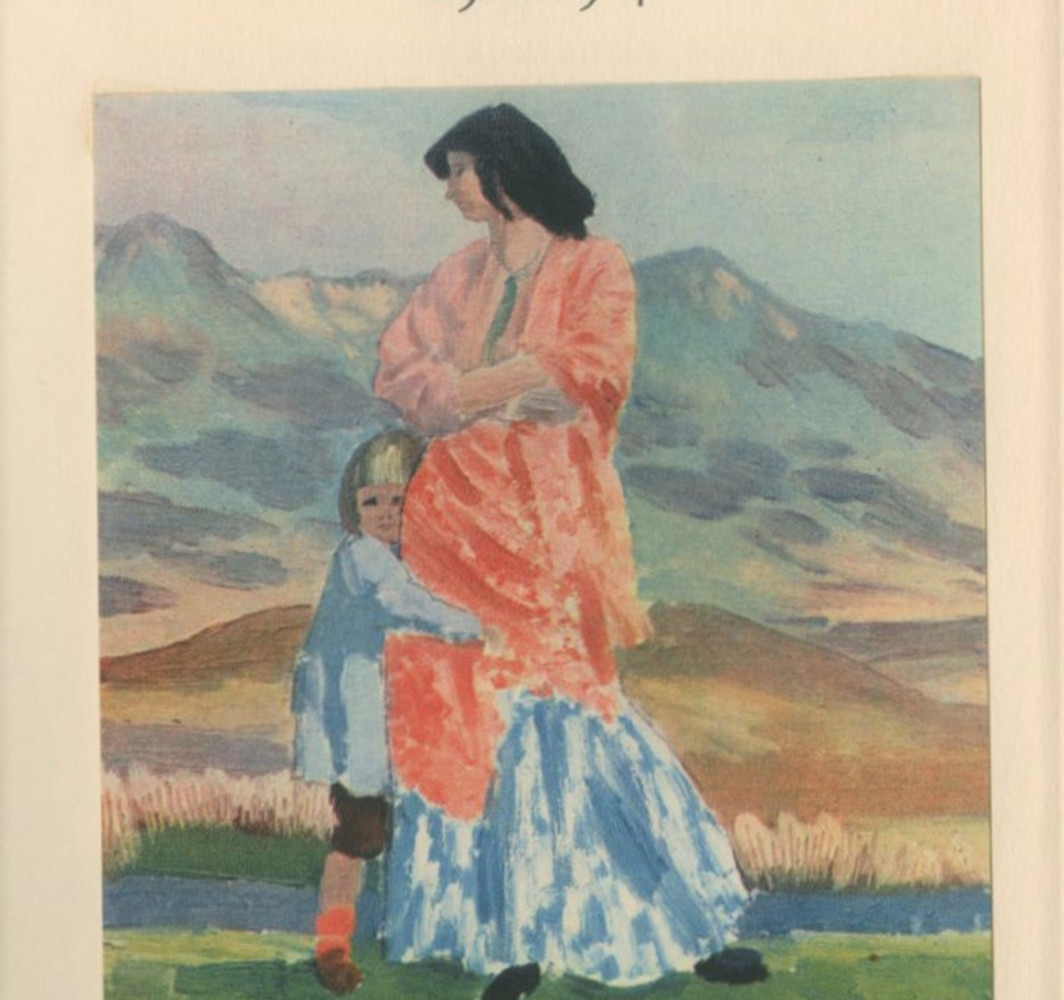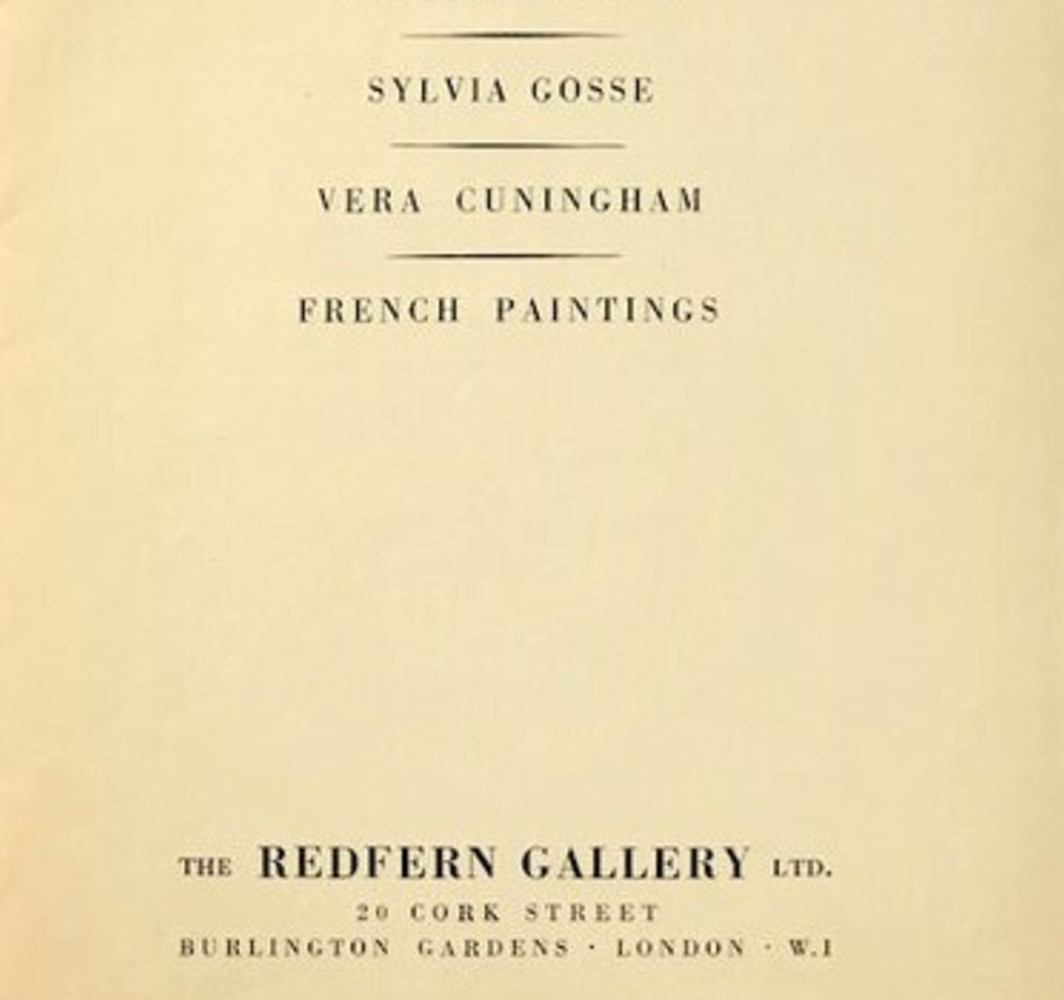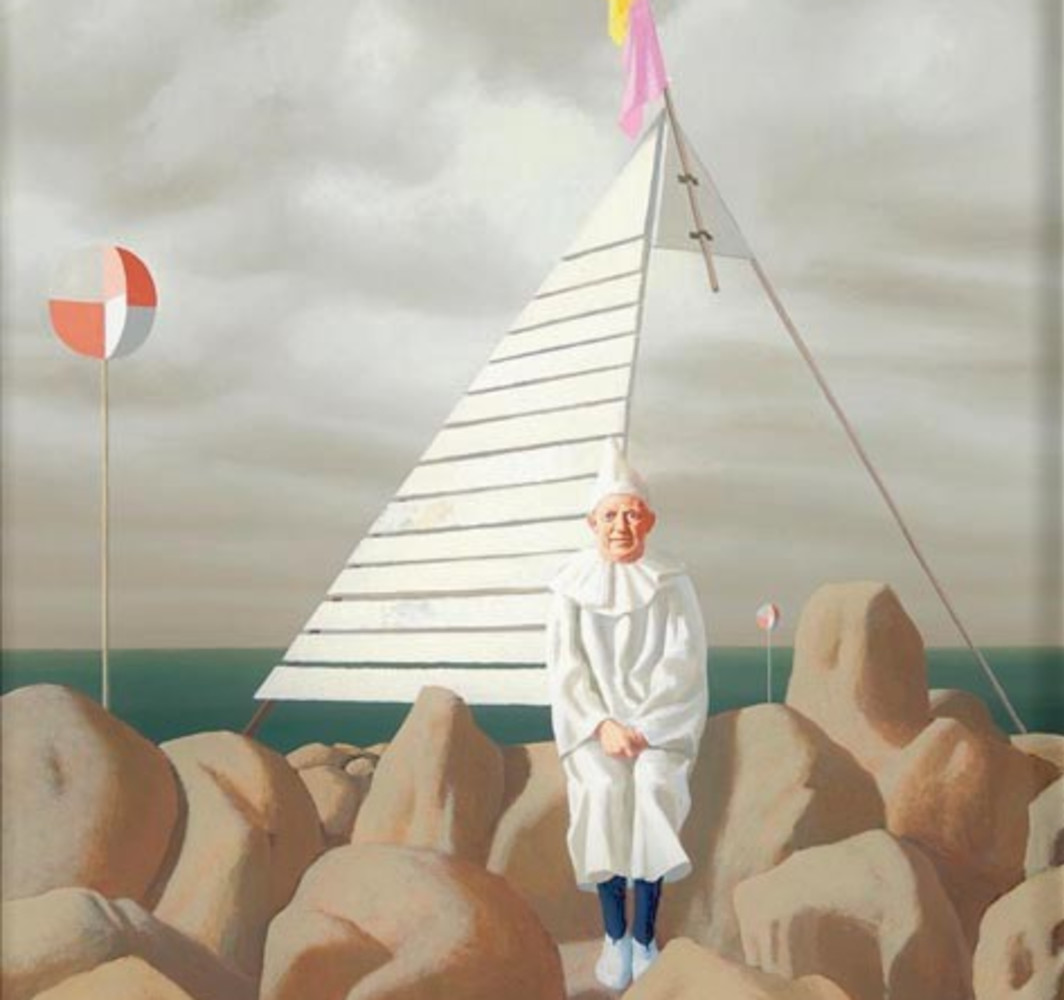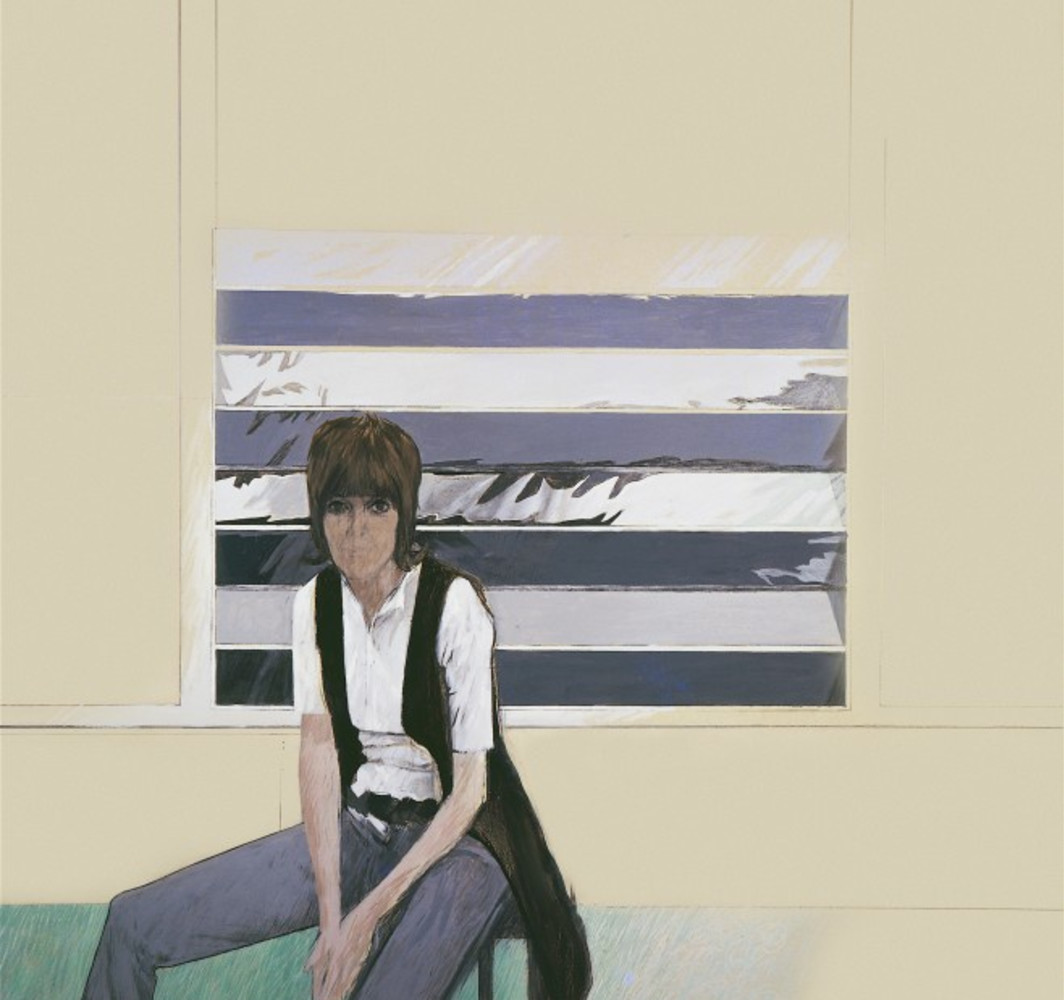On this day in February...
The latest entry as part of a regular feature providing a summary of important historical events that relate to the Redfern and its artists.
2 February 1939 The Queen attends the Redfern to see an exhibition of Welsh paintings by Augustus John, JD Innes and Derwent Lees. The works were all completed between 1910-14, when the three artists were renting a cottage called Nant Ddu in Snowdonia, and painting the surrounding views of Arenig Fawr. Influenced by French Fauvism, these oils are considered a high-point of British landscape painting, and the show is described in The London Mercury as "an exhibition of considerable historical interest". Indeed, it is the first time the works from this period had been shown together. Of the exhibits, several are now in museum collections. Derwent Lees' Pear Tree in Blossom and JD Innes' Arenig, Sunny Evening are purchased by the Tate, while Augustus John's Welsh Mountains in Snow is given to the Art Gallery of New South Wales by the Contemporary Art Society.
3 February 1951 Final day of Sidney Nolan's first London exhibition, held at the Redfern. On a visit to Sydney, director Harry Tatlock Miller saw some paintings by the young Australian artist, and brings a selection back to London, where they are admired at the Redfern by Victor Pasmore. With the encouragement of Kenneth Clark, an exhibition is arranged. Nolan's paintings of central Australia are critically acclaimed, and Inland Australia is sold to the Tate. Nolan soon achieves widespread popularity in Britain, and after two further exhibitions at the Redfern, is given a major retrospective at Whitechapel Gallery in 1957.
6 February 1962 Large-scale exhibition of paintings by Spencer Gore, with Somerset Landscape purchased by the Arts Council, and The Icknield Way sold to the Art Gallery of New South Wales. This is the first time that his work is shown alongside that of his son, Frederick Gore, who had been exhibiting at the Redfern since the mid-1930s.
7 February 1967 The Australian Jeffrey Smart is given his first Redfern show, and his first in England. The exhibition proves very successful, and his unique taste for 'Magic Realism' is highlighted by the painting chosen for the catalogue cover, which shows Picasso wearing a Pierrot costume sitting alone on the rocks of Dampier, a port in Western Australia. Smart will have two further shows at the Redfern, each of recent paintings, in 1979 and 1982. He is now considered one of Australia's most important artists of the last century, and a large-scale retrospective toured the country between 1999 and 2000.
10 February 1983 Opening of the Arts Council retrospective of paper collages by Francis Davison. Staged at London's Hayward Gallery, the exhibition is notable for providing no biographical details of the artist, nor any information to accompany the collages. In a review for Artscribe, Helena Drysdale asks: "Who is Francis Davison? A pseudonym no doubt". Davison died the following year, but a major retrospective is staged at the Redfern in 1986, from which the Tate purchases the collage Brilliant Black.
11 February 1969 Second Redfern exhibition for Bryan Organ. Organ had been recommended to the Redfern by Graham Sutherland, and a show was duly arranged in 1967. By this time, Organ had already painted the portraits of Malcolm Muggeridge and Michael Tippett, and on the back of this second Redfern show, soon wins a reputation as a leading portraitist. On visiting the Redfern exhibition, Princess Margaret is so impressed that she commissions him to paint her portrait, which in turn inspires future commissions from Sir Roy Strong and Elton John.
19 February 1986 Final day of British Post-War Prints, an exhibition notable for showcasing many rare lithographs, some of which were first seen as part of the Redfern's landmark print exhibitions of 1948-49. As such, a number of prints are bought by the Tate, including Two Standing Figures by Robert Adams; Gillian Ayres' Tachiste; Trellis by William Gear; Roger Hilton's Woman with Dark Hair; Figure with Boat by Keith Vaughan; and Karl Weschke's Brown and Black. The British Museum also makes several purchases, such as Robert Colquhoun's Woman with Cat, first shown at the Redfern in 1948 as part of its innovative venture with Millers Press. The noted collector Ken Powell also buys from the exhibition, including a hand-painted proof by Prunella Clough, which is later bequeathed to the British Museum. A lot of these prints are particularly desirable since they are from small editions, or were never published. The venture with Millers Press saw the Redfern commission artists to create lithographs by drawing on dye transfer paper, and then posting it off to be printed by Millers Press, which was run by two sisters in Sussex. In most cases, the editions were very small, or unknown. As for the set of lithographs commissioned from Keith Vaughan, the edition of 50 was never realised, and so these prints are particularly desirable for collectors.
23 February 1932 Jacob Epstein exhibition of more than fifty dynamic watercolours inspired by the Old Testament. Although priced at twenty guineas each, all of the works are sold immediately. Indeed, while his sculpture could often prove difficult, Epstein later said that "I could always sell my drawings", and these particular drawings are are sold to so many different private collectors that Epstein is unable to reproduce them as a book of illustrations. Epstein later revealed in his autobiography that this exhibition was met with anti-Semitic attitudes from most critics; "when I exhibited them it seemed I had committed some kind of blasphemy, and countless jibes were forthcoming".
25 February 1997 Opening of William Gear: Golden Jubilee Exhibition to celebrate fifty years' work, beginning with his paintings from the 1940s, when Gear was one of only two British members of the European avant-garde CoBrA movement. The exhibition, however, becomes a memorial, after Gear dies just two days later, at the age of 81.
27 February 1952 Last day of the Portuguese-French artist Maria Helena Vieira da Silva's Redfern exhibition, her first in London. Of the exhibits, The Corridor, is bought by R.D.S. May, an imminent collector of modern art, and another important painting, Paris, is sold to Burlington Magazine director Eric Craven Gregory. Both paintings are acquired by the Tate by the end of this decade.







